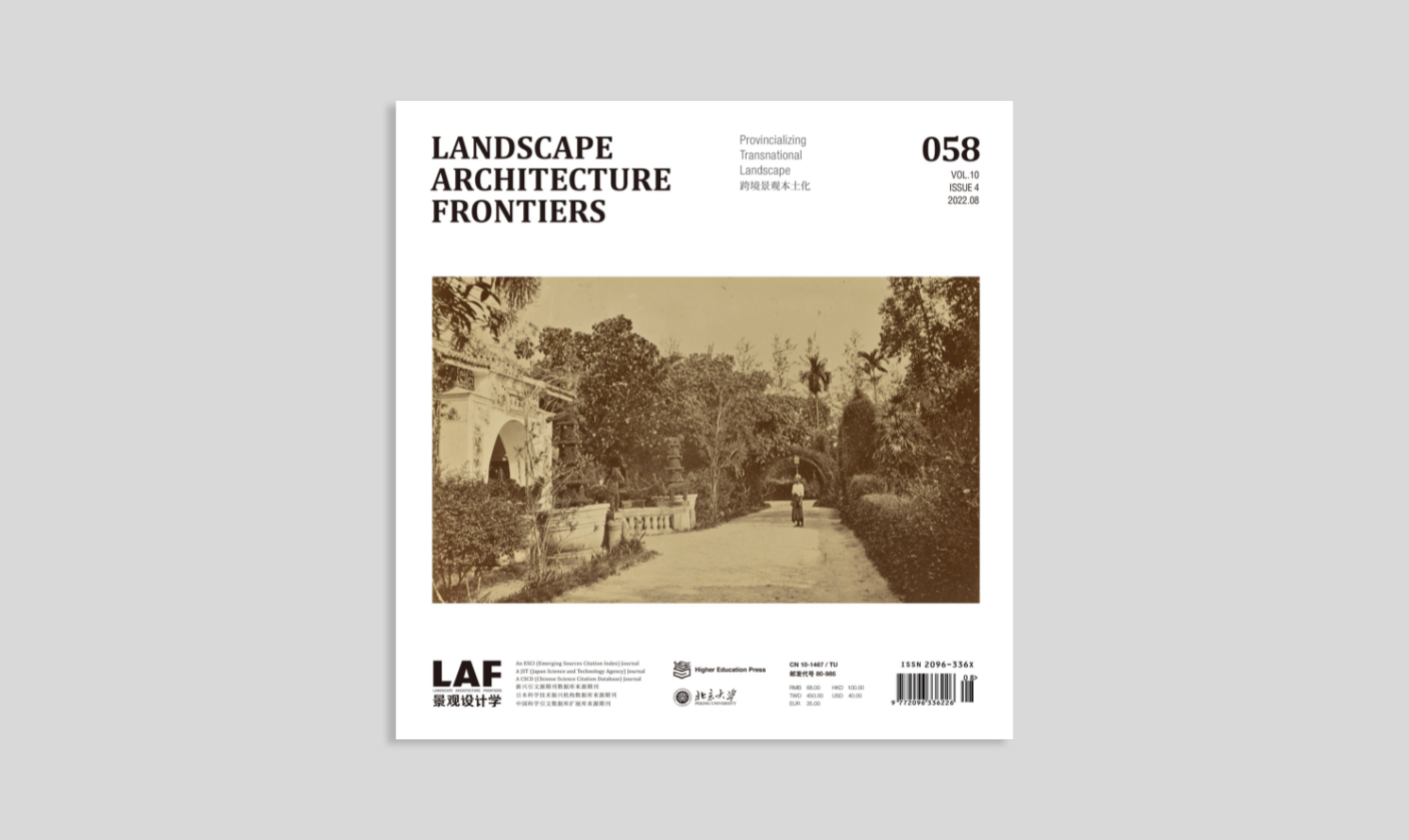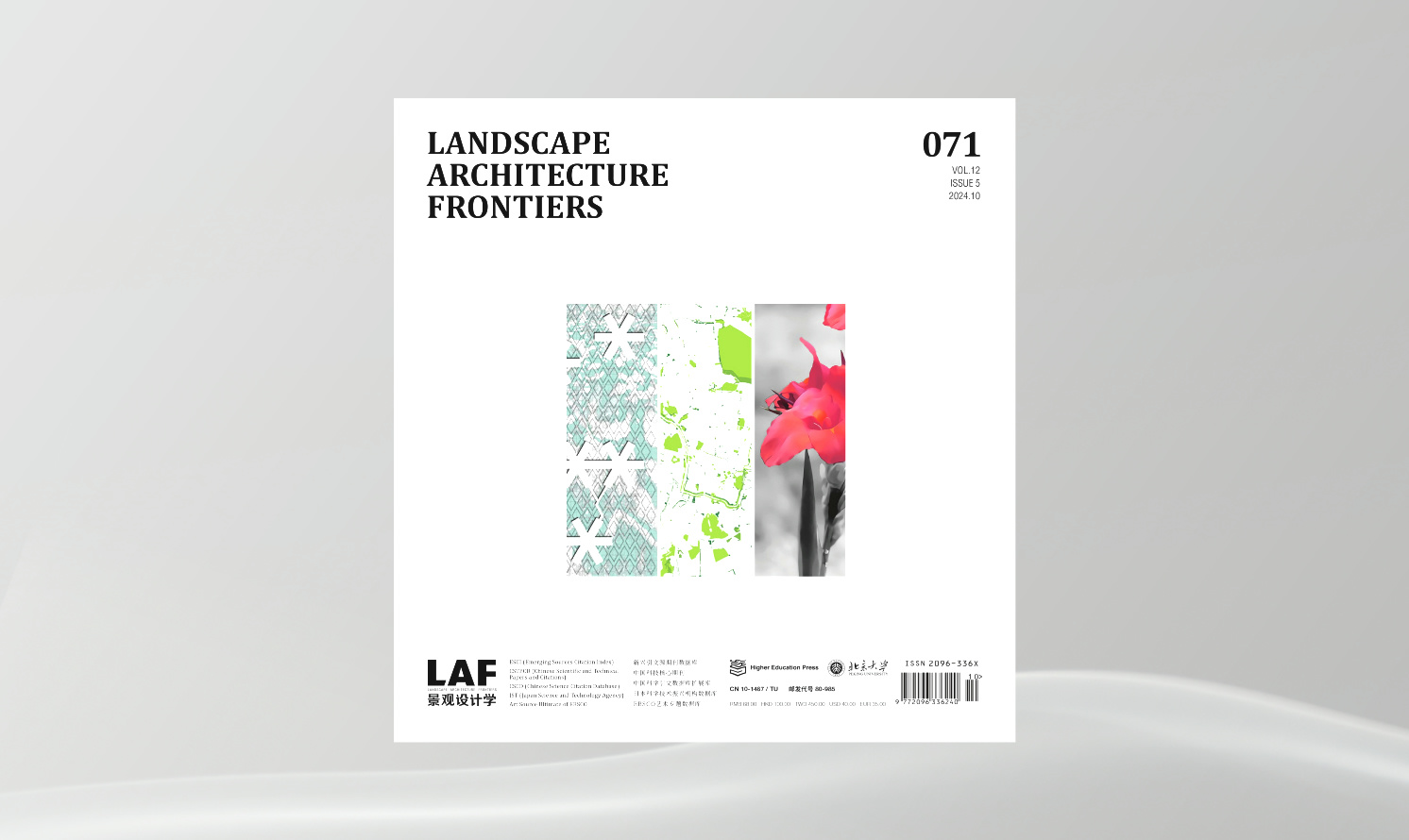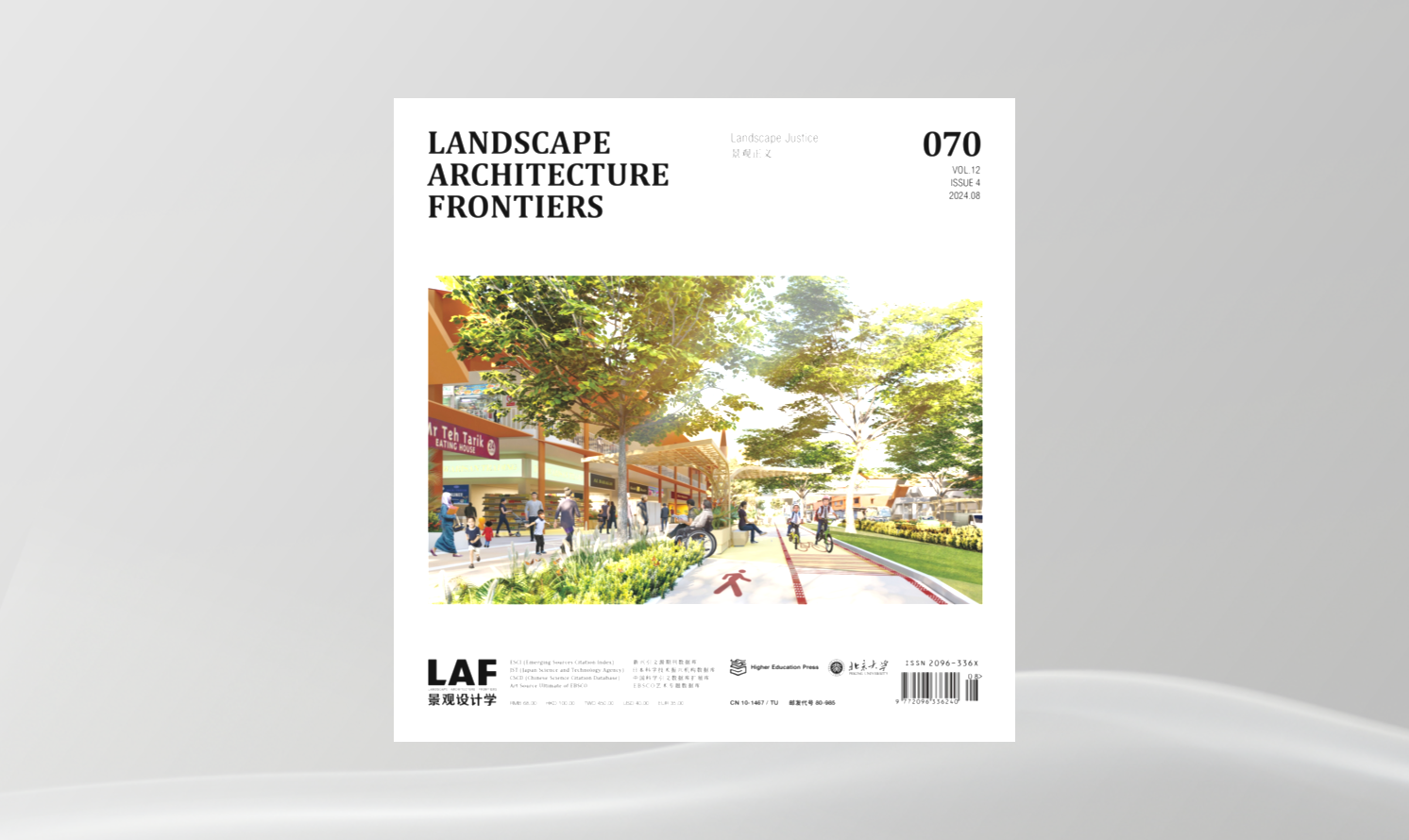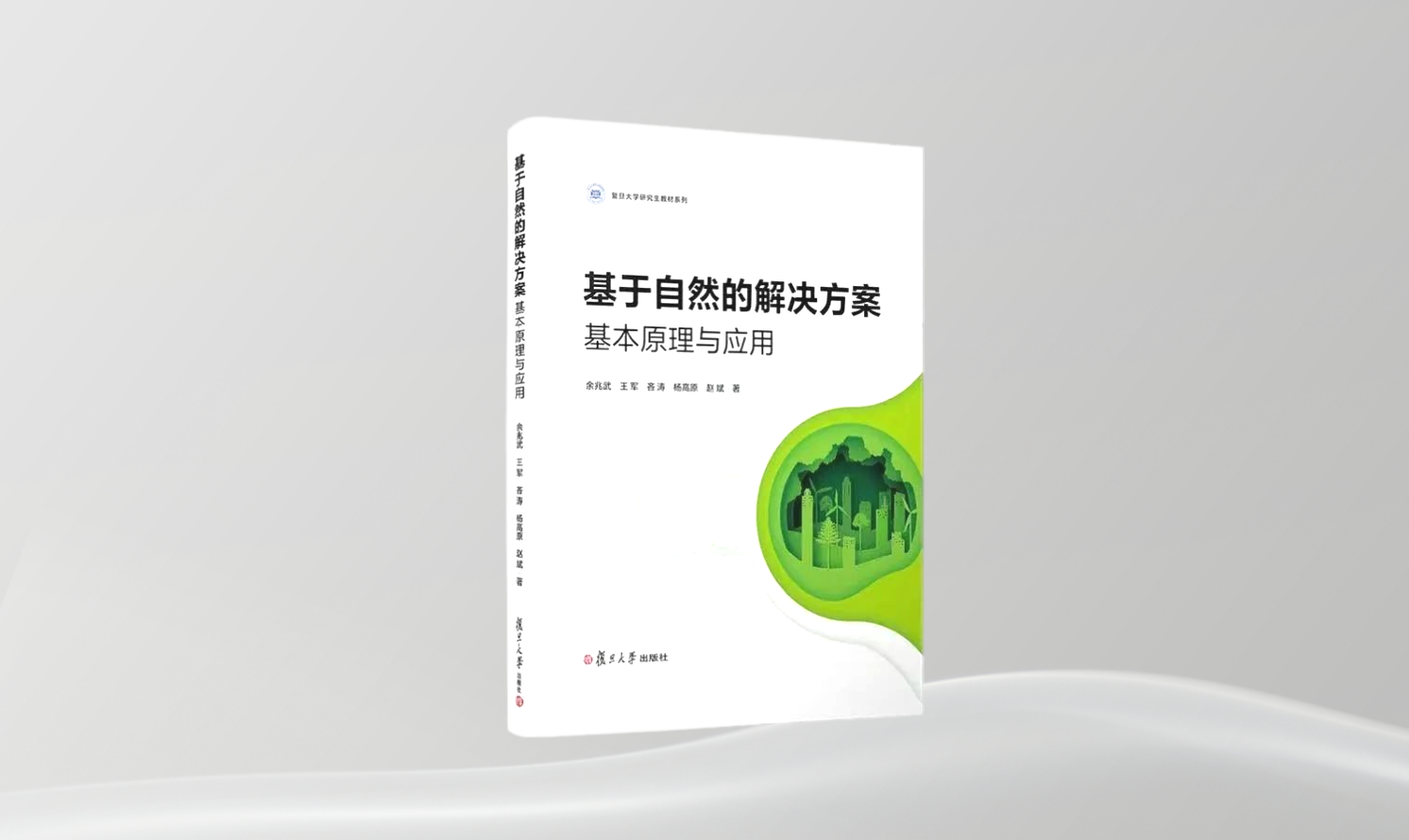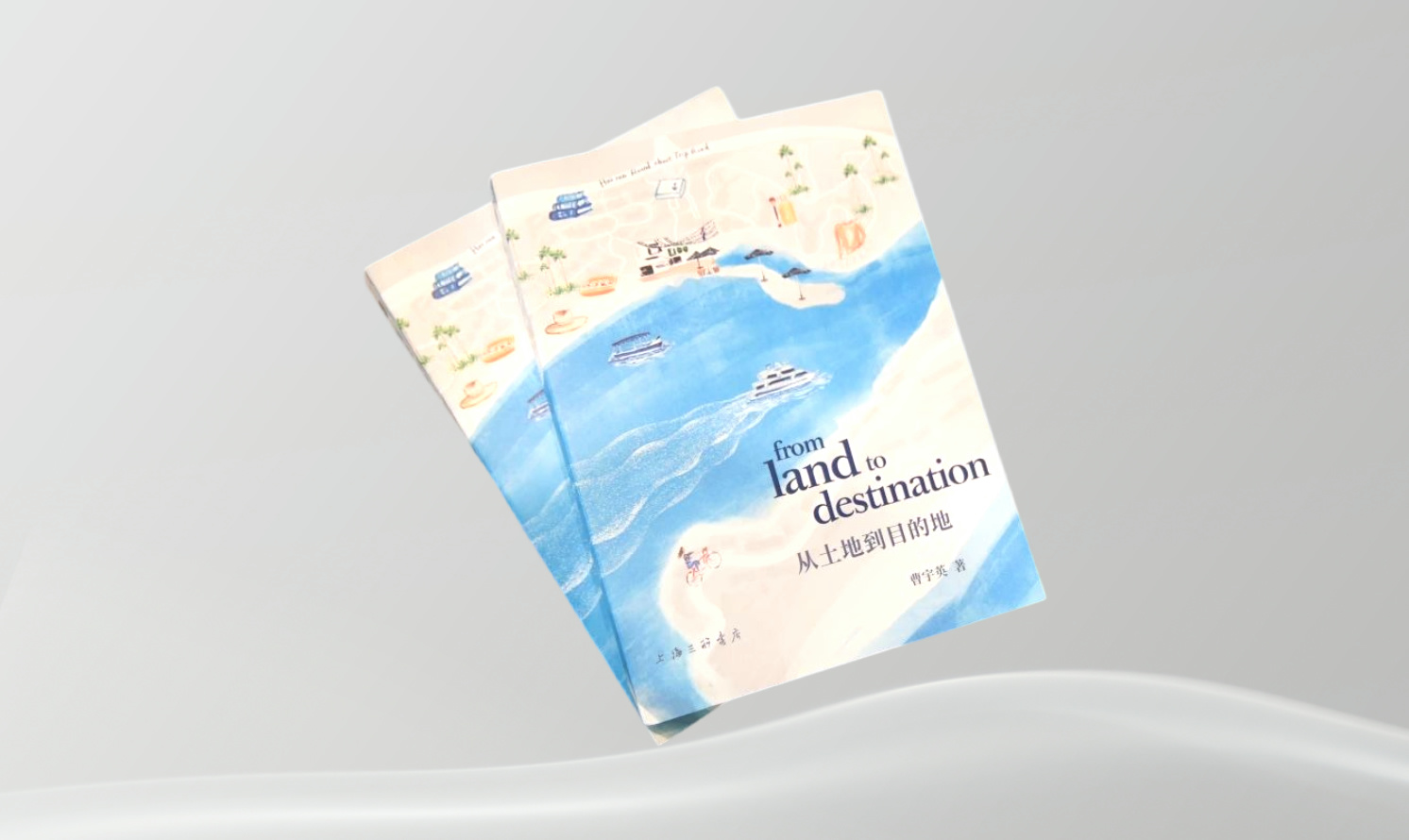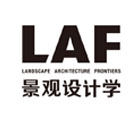新加坡南生花園中國(guó)特征的移植與本土化
The Replanting and Localizing of Chineseness in Whampoa’s Garden of Singapore
作者:馮立燊 FENG Lishen
摘要
在19世紀(jì)的新加坡,盡管市區(qū)有多處地道����、典型中式府邸�,中式私家花園的設(shè)計(jì)方式卻與同時(shí)期中國(guó)本土的園林不甚相同。為了研究這一現(xiàn)象���,本文以新加坡最早一批中式私家花園中的典范——南生花園為例�����,闡釋園主人在設(shè)計(jì)花園時(shí)如何及為什么選擇性地采用某些中國(guó)特色�����,同時(shí)卻又以非中式風(fēng)格設(shè)計(jì)花園的其他部分����。
本文對(duì)南生花園的研究首先簡(jiǎn)要介紹了園主人、廣東商人胡亞基的職業(yè)和文化背景�,以及其社會(huì)關(guān)系、個(gè)人愛好和文化身份���。由于花園已不復(fù)存在����,我們研究了中國(guó)和西方的圖文史料��,以重現(xiàn)花園的空間布局和其他設(shè)計(jì)特征——其中一些可能具有濃厚的中國(guó)特征����。繼而對(duì)比南生花園與胡亞基故鄉(xiāng)同時(shí)期建造的園林,以揭示它們?cè)谠O(shè)計(jì)理念上的潛在聯(lián)系�����。此外����,本文探究了中國(guó)符號(hào)的選擇與游園者文化身份之間的關(guān)系�����,以剖析是什么影響了中國(guó)特征的呈現(xiàn)�,以及華南景觀在當(dāng)時(shí)是如何被移植到新加坡這個(gè)赤道附近的殖民地的��。
關(guān)鍵詞
新加坡�;殖民地;胡亞基��;海外華人��;南生花園�����;中國(guó)特征
ABSTRACT
Private Chinese gardens in 19th-century Singapore were rarely designed in the same way as their contemporary counterparts in China, though there were a few authentic Chinese mansions in the city. In response to this phenomenon, this paper attempts to use Whampoa’s Garden, the finest and earliest private Chinese garden on the island, as an example, to explain how and why garden owners selectively adopted certain Chinese features while designing the rest of their gardens in a way deviating from Chinese traditions.
The study of Whampoa’s Garden begins with a sketchy introduction to the career and cultural background of the garden’s owner, Cantonese businessman Hoo Ah Kay, addressing his social connections, personal hobbies, and cultural identities. As the garden no longer exists, a study of available pictorial and written records from Chinese and Western sources is conducted in order to reveal the spatial layout and other designed features of the garden, some of which may have facilitated the display of Chineseness. Contemporaneous gardens from Hoo’s hometown will be compared to unveil hidden linkages between Whampoa’s Garden and Chinese garden ideas. Furthermore, the relationship between the selection of Chinese symbols and the identities of their audience is examined as an approach to studying what affected how Chineseness was presented and how the landscape of south China was transplanted to this equatorial colony.
KEYWORDS
Singapore; Colony; Hoo Ah Kay; Overseas Chinese; Whampoa’s Garden; Chineseness
跨國(guó)商貿(mào)主義背景下全球化空間的生產(chǎn):基于浙江省義烏市的實(shí)證研究
The Production of Global Space Under the Transnational Entrepreneurship: Empirical Study on Yiwu, Zhejiang Province, China
作者:謝舒逸��,江穎樂���,易海 XIE Shuyi, JIANG Yingle, YI Hai
摘要
本文基于跨國(guó)商貿(mào)主義視角,以“空間三元論”為理論分析框架���,采用實(shí)地考察�����、深度訪談等方法�,深入闡釋義烏全球化空間生產(chǎn)的過程、影響和機(jī)制��,重點(diǎn)剖析自20世紀(jì)80年代以來地方政府��、國(guó)有企業(yè)���、跨國(guó)商貿(mào)者����、當(dāng)?shù)鼐用?�、外來人口等多元利益相關(guān)者在其中扮演的角色及其互動(dòng)過程�。研究發(fā)現(xiàn),1)義烏全球化空間的發(fā)展經(jīng)歷了去地方化-全球化-再地方化的過程�,體現(xiàn)了跨國(guó)商貿(mào)主義影響下中國(guó)中小型城市經(jīng)濟(jì)、社會(huì)����、生活關(guān)系的地方建構(gòu)、重構(gòu)過程�;2)義烏全球化空間的發(fā)展是自上而下的政府權(quán)力與自下而上的社會(huì)力量共同作用的結(jié)果�,其中地方政府企業(yè)主義行為是推動(dòng)義烏全球化空間發(fā)展的關(guān)鍵引擎���,而全球化是影響地方政府企業(yè)主義行為的直接動(dòng)力�;3)義烏跨國(guó)商貿(mào)者與本地居民����、外來人口之間形成表面融入、隱形隔離的社會(huì)關(guān)系�。研究豐富了對(duì)中國(guó)語(yǔ)境下中小型城市全球化空間的研究,以及對(duì)空間三元論中三元要素三位一體相互轉(zhuǎn)化�����、辯證關(guān)系的實(shí)證研究����,同時(shí)對(duì)理解中國(guó)中小型城市的城鎮(zhèn)化與全球化進(jìn)程及優(yōu)化跨國(guó)移民、族裔聚居區(qū)的管理等有所裨益�。
關(guān)鍵詞
全球化空間生產(chǎn);空間三元論���;跨國(guó)商貿(mào)主義;政府企業(yè)主義���;社會(huì)關(guān)系��;景觀�;義烏
ABSTRACT
This research probes into the process, impact, and mechanism of the production of global space in Yiwu under the transnational entrepreneurship, utilizing the “spatial ternary theory” and methods of field investigation and in-depth interview. It focuses on analyzing how the local government, state-owned enterprises, transnational traders, local residents, and domestic migrants act and interact in the production of global space since the 1980s. Results showed that the production of global space in Yiwu goes through a process from delocalization, globalization to relocalization, indicating the local construction and reconstruction of economic, social, and living relationships in small- and medium-sized cities influenced by transnational entrepreneurship. The production of global space in Yiwu is jointly promoted by top-down government power and bottom-up social strength, and local governmental entrepreneurialism that has been directly influenced by globalization is a key engine. Field investigation also discovered that there is a phenomenon of transnational traders’ apparent integration and invisible isolation with local residents and domestic migrants in the new social relationships in Yiwu. These findings will enrich the empirical research on the global space in small- and medium-sized cities in the context of China, and on the dialectical and interchangable relationship of the trinity of ternary elements in the spatial ternary theory; and help deepen the understanding on urbanization and globalization of small- and medium-sized Chinese cities, and optimize the governance of transnational migrants and the ethnic enclaves they live.
KEYWORDS
Production of Global Space; Spatial Ternary Theory; Transnational Entrepreneurship; Governmental Entrepreneurialism; Social Relationships; Landscape; Yiwu
中國(guó)嚴(yán)寒地區(qū)城市空間的氣候適應(yīng)性評(píng)價(jià)指標(biāo)體系構(gòu)建研究——以哈爾濱市中心城區(qū)為例
Construction of Climate Adaptability Evaluation Indicator System for Urban Spaces in the Severe Cold Zones of China—A Case Study on the Central Area of Harbin
作者:蔣存妍,冷紅���,袁青 JIANG Cunyan, LENG Hong, YUAN Qing
摘要
氣候適應(yīng)性研究應(yīng)該同時(shí)涵蓋氣候變化與地域氣候背景兩方面因素��。從城市空間角度進(jìn)行氣候適應(yīng)性的研究并對(duì)其展開評(píng)價(jià)�,有助于明確城市空間建設(shè)在應(yīng)對(duì)氣候問題方面的薄弱環(huán)節(jié)�。本文構(gòu)建了中國(guó)嚴(yán)寒地區(qū)城市空間的氣候適應(yīng)性評(píng)價(jià)指標(biāo)體系,并以哈爾濱中心城區(qū)為例進(jìn)行氣候適應(yīng)性的時(shí)空分異評(píng)價(jià)��。結(jié)果表明��,研究區(qū)域城市空間的綜合氣候適應(yīng)性能力在2008~2017年間基本呈提升趨勢(shì)����,但總體仍處于較低水平,同時(shí)各市轄區(qū)的氣候適應(yīng)性存在較為顯著的空間差異和要素發(fā)展不均衡現(xiàn)象����。本文據(jù)此提出相應(yīng)對(duì)策,以期為未來中國(guó)嚴(yán)寒地區(qū)城市制定氣候適應(yīng)性規(guī)劃和建設(shè)決策提供支撐。
關(guān)鍵詞
嚴(yán)寒地區(qū)��;城市空間���;氣候適應(yīng)性��;評(píng)價(jià)指標(biāo)體系���;適應(yīng)策略
ABSTRACT
Climate adaptation research should consider both climate change and regional climate contexts. Research evaluating the regional climate adaptability of urban spaces helps identify weaknesses of climate resilience in spatial planning. This paper constructs a climate adaptation evaluation indicator system for cities in the severe cold zones of China, and evaluates the temporal-spatial changes of climate adaptability in the central area of Harbin. The evaluation outcome reveals that the overall climate adaptability of the study area generally improved from 2008 to 2017 despite staying at a relatively lower level. There are significant differences in spatial pattern and development of spatial elements of climate adaptability by districts. Accordingly, this paper proposes countermeasures supporting future decision-making on climate adaptation planning for the study area, offering a reference for other cities in the severe cold zones of China.
KEYWORDS
Severe Cold Zones; Urban Spaces; Climate Adaptability; Evaluation Indicator System; Adaptation Strategies
20世紀(jì)80年代深圳經(jīng)濟(jì)特區(qū)城市公園的實(shí)踐與表現(xiàn)
The Practice and Representation of Urban Parks in Shenzhen Special Economic Zone in the 1980s
作者:劉新宇,王曉俊��,薛求理 LIU Xinyu, WANG Xiaojun, XUE Qiuli
摘要
對(duì)改革開放之后的中國(guó)而言�����,深圳經(jīng)濟(jì)特區(qū)及其城市建設(shè)有著不同尋常的意義����。城市公園在深圳經(jīng)濟(jì)特區(qū)的超高速建設(shè)歷程中大量出現(xiàn),然而關(guān)于相關(guān)建設(shè)的歷史過程卻甚少見諸學(xué)術(shù)討論�。本研究將城市公園建設(shè)歷史置于“民族-國(guó)家”與“全球-地方”關(guān)系的雙重視角下進(jìn)行審視,并在跨越國(guó)界的全球視野下探尋深圳經(jīng)濟(jì)特區(qū)城市公園建設(shè)這一地方性實(shí)踐的譜系與淵源����。通過分析����,研究認(rèn)為深圳經(jīng)濟(jì)特區(qū)在20世紀(jì)80年代的城市公園建設(shè)與吸引外資之間存在密切關(guān)聯(lián)�,且該時(shí)期的公園建設(shè)所采用的民族形式與經(jīng)濟(jì)特區(qū)作為民族復(fù)興的時(shí)空節(jié)點(diǎn)之間也存在相應(yīng)關(guān)聯(lián)�。通過如上視角的解讀,本文希望能依托觀念的全球性流動(dòng)��,為改革開放之初中國(guó)的城市公園建設(shè)提供解釋性看法����。
關(guān)鍵詞
深圳經(jīng)濟(jì)特區(qū);城市公園�;綠化;跨國(guó)視角�;改革開放
ABSTRACT
After reform and opening up, Shenzhen Special Economic Zone and its urban construction have an unusual significance for China. However, the prevailing emergence of urban parks built in a super speed in Shenzhen Special Economic Zone is not paid much attention by the academia regarding its historical process of construction. This study examines the history of urban park construction through dual lenses of “nation–state” and “global–local” with a hope to explore the genealogy and reason lying behind the local practice of urban park construction in Shenzhen Special Economic Zone from a transnational global perspective. The authors argue that the construction of urban parks in Shenzhen Special Economic Zone in the 1980s was closely related to foreign capital investment. Moreover, the national form adopted in park design during this period coincided with that of the special economic zones as a node of national rejuvenation. Relying on the global flow of ideas, this research attempts to provide interpretative view to comprehend the construction history of urban parks in China at the very beginning of the reform and opening.
KEYWORDS
Shenzhen Special Economic Zone; Urban Park; Greening; Transnational Perspective; Reform and Opening
重述一方風(fēng)土:云南南部市場(chǎng)整合加強(qiáng)背景下的民族生態(tài)學(xué)與茶農(nóng)業(yè)生態(tài)系統(tǒng)管理
Rebranding Terroir: Ethnoecology and Tea Agro-Ecosystem Management in Response to Increased Market Integration in Southern Yunnan, China
作者:王蔚淇 Sammi Wae Ki WONG
摘要
隨著中國(guó)和國(guó)際市場(chǎng)對(duì)普洱茶需求的不斷增加,云南南部農(nóng)業(yè)生態(tài)系統(tǒng)的集約化發(fā)展導(dǎo)致當(dāng)?shù)爻霈F(xiàn)了眾多形態(tài)多樣的農(nóng)業(yè)生態(tài)系統(tǒng)��,包括茶園��、混合作物系統(tǒng)�����,以及單一栽培梯田茶園�����。普洱茶(Camellia sinensis assamica)通常為林地喬木,而茶(C. sinensis sinensis)則通常在梯田茶園中作為灌木生長(zhǎng)����。受葡萄酒行業(yè)的啟發(fā),本文以“風(fēng)土”(Terroir)概念為框架�����,分析了形成不同植物學(xué)特征的環(huán)境和人為因素�����,從而量化評(píng)估種植過程所創(chuàng)造的價(jià)值���。這種方法可促使人們將茶產(chǎn)品的關(guān)注點(diǎn)回歸產(chǎn)地源頭�,而非外在因素��,從而解決當(dāng)?shù)亍斑^度包裝”的風(fēng)土問題�����?�?紤]到茶葉種植和營(yíng)銷趨勢(shì)之間尚存在植物和文化價(jià)值方面的差距,本文研究了一種替代方案���,該方案能夠最大限度地減少茶葉生產(chǎn)和推廣模式對(duì)環(huán)境的影響��,同時(shí)利用其所帶來的經(jīng)濟(jì)效益�����,在社區(qū)尺度上推進(jìn)針對(duì)文化復(fù)雜性的土地保護(hù)工作。
通過景觀敏感性生態(tài)旅游方法保護(hù)茶林和減輕貧困的策略適用于云南古代茶山的較多地區(qū)�����,本文選取布朗古普洱茶山的兩個(gè)試點(diǎn)社區(qū)作為實(shí)驗(yàn)項(xiàng)目的場(chǎng)所�����。設(shè)計(jì)干預(yù)措施主要包括兩個(gè)部分:基于保護(hù)目的的民族生態(tài)旅游�,以及茶林保護(hù)計(jì)劃。
本文還對(duì)項(xiàng)目實(shí)施過程中整體保護(hù)或生態(tài)旅游承載力方面的諸多不確定性和差異進(jìn)行了分析�����。盡管制定了土地利用分區(qū)總體規(guī)劃�����,但鑒于當(dāng)?shù)卮迕癯T谏挚臻g中開展特定的社會(huì)經(jīng)濟(jì)活動(dòng),研究還根據(jù)其社會(huì)活動(dòng)模式�、活動(dòng)類型和范圍,以及參與者的不同情況����,構(gòu)想了一系列未來景觀場(chǎng)景,希望當(dāng)?shù)氐慕?jīng)濟(jì)機(jī)會(huì)不再受市場(chǎng)需求限制���,而由被重新設(shè)計(jì)的“風(fēng)土”所驅(qū)動(dòng)����。
關(guān)鍵詞
普洱茶栽培�;風(fēng)土;民族生態(tài)學(xué)����;農(nóng)業(yè)生態(tài)系統(tǒng)管理;民族志����;植物品質(zhì);產(chǎn)品原真性
ABSTRACT
Prompted by increased domestic and transnational demand for Pu’er tea, an emergence of agro-ecosystem intensification in Southern Yunnan, China has resulted in various agro-ecosystems including tea forests, mixed crop systems, and monocultural terrace tea gardens, in the tea production system. Plants of Camellia sinensis assamica often grow as trees in forests whilst C. sinensis sinensis grow as shrubs in terrace tea gardens. Inspired by the wine industry, the concept “Terroir” acts as a framework that analyzes both environmental and human factors yielding varying botanic profiles, and hence quantifies values created by the cultivation process. The approach allows economic opportunities of place-based tea products to be driven by the origin in lieu of extrinsic qualities, which has resulted in to the fabricated reputation of terroir. In response to a common gap in terms of botanical and cultural values between tea cultivation and marketing trends, this article investigates an alternative scenario in which tea production and promotion model could minimize its environmental impacts and utilize its economic weight to advance land conservation efforts specific to cultural complexity at community scales.
KEYWORDS
Pu’er Tea Cultivation; Terroir; Ethnoecology; Agro-ecosystem Management; Ethnography; Botanic Quality; Product Authenticity
生生不已的板凳龍:用儀式設(shè)計(jì)塑造中國(guó)本土的樹葬模式
Bench Dragon Ever-living:Using Ritual Design to Shape the Localized Mode of Tree Burial in China
作者:陳嘉誠(chéng) CHEN Jiacheng
摘要
盡管樹葬傳統(tǒng)已有多年歷史��,但在中國(guó)社會(huì)的普及度仍然不高,其原因在于樹葬所蘊(yùn)含的生態(tài)倫理尚未被公眾完全接納����,其實(shí)踐形式尚未完成本土化的進(jìn)程。本文提出中國(guó)本土化的樹葬活動(dòng)需要放置在區(qū)域城鄉(xiāng)關(guān)系中考量����,并將祭掃活動(dòng)與鄉(xiāng)村地區(qū)傳統(tǒng)儀式的更新相結(jié)合,從而吸引城市居民的參與���。
本文所選取的場(chǎng)地安徽省右龍村位于新安江源頭,這一水源地區(qū)位優(yōu)勢(shì)可吸引下游城市居民到此游訪���。以當(dāng)?shù)氐摹鞍宓数垺眱x式為例���,本文通過分析其現(xiàn)有的儀式環(huán)節(jié)、空間節(jié)點(diǎn)和意義指涉�,從而梳理得出其儀式結(jié)構(gòu)。以此為參照���,本文的提案設(shè)計(jì)了“板凳龍”儀式在清明節(jié)的主要環(huán)節(jié)和行進(jìn)路線����,并提出三個(gè)策略:1)擴(kuò)大儀式路線的范圍至周邊的茶園;2)改變儀式隊(duì)伍的行進(jìn)方向與組織方式����;3)公平對(duì)待來自本土與異鄉(xiāng)的所有逝者。原本以生產(chǎn)為主的場(chǎng)地由于儀式場(chǎng)合的周期性出現(xiàn)而衍生為獨(dú)特的儀式性場(chǎng)所��,并由此引領(lǐng)村外樹葬場(chǎng)所的營(yíng)造����。在倫理學(xué)上,可持續(xù)的設(shè)計(jì)理念拓展了原本單一的儀式內(nèi)涵����,使其從求雨祈福延伸到哲學(xué)層面更為深刻的“生生”理念,為傳統(tǒng)的生死觀作出了現(xiàn)代注解����。對(duì)場(chǎng)地景觀的日常管理可以與當(dāng)?shù)禺a(chǎn)業(yè)相結(jié)合,從而在經(jīng)濟(jì)上發(fā)揮儀式所帶來的溢出效應(yīng)����。
恰當(dāng)?shù)膬x式設(shè)計(jì)可以貫通鄉(xiāng)村地區(qū)生態(tài)系統(tǒng)文化服務(wù)中條分縷析的評(píng)價(jià)分類,以具身的形式回應(yīng)景觀的整體性特征����。同時(shí)在儀式研究的視閾下��,設(shè)計(jì)師不再因循選取“八景”的傳統(tǒng)做法�����,而能以人類學(xué)的視角審視鄉(xiāng)村的生活與文化����,進(jìn)而回歸真實(shí)的人地關(guān)系��。最終��,儀式設(shè)計(jì)有望在倫理遷移的過程中推進(jìn)樹葬文化在中國(guó)的本土化改造����,促使中國(guó)的鄉(xiāng)土文化更好地賡續(xù)下去�����。
關(guān)鍵詞
儀式設(shè)計(jì)�����;樹葬���;生態(tài)祭掃���;本土化��;板凳龍儀式���;生態(tài)系統(tǒng)文化服務(wù);具身性
ABSTRACT
Although tree burial has been proposed for decades, it is not yet widely accepted in China, mainly due to the lack of recognition of its embedded ecological ethics and the not fully localized practice. The article suggests that localizing tree burial activities in China should consider regional urban-rural relationship and combine tomb-sweeping activities with the renewal of local traditional ceremonies in rural areas, thus engaging urban residents.
The site selected in this article, Youlong Village of Anhui Province, is located at the origin of the Xin’an River, which is an endowed advantage to attract downstream urban residents. Taking the Bench Dragon as the case study subject, the article analyzes its existing ritual sections and spatial nodes to sort out its ritual structure. Based on this analysis, the article proposes a design of the ritual sections and the marching route of the Bench Dragon for the Chinese Tomb-sweeping Festival, guiding the place-making of tree burial sites and the development of daily management strategies for the ritual landscape.
Appropriate ritual design in rural areas can help perforate the evaluation items in strictly categorized cultural ecosystem services, which, through embodiment, calls for a holistic landscape experience. Additionally, ritual design is supposed to activate the potential aesthetic value in the countryside today, while the ecological ethics it carries may also introduce new meanings to the traditional view of life and death in Chinese culture, ultimately opening a new horizon for contemporary rural construction.
KEYWORDS
Ritual Design; Tree Burial; Ecological Tomb-sweeping;Localization; Bench Dragon Ceremony; Cultural Ecosystem Service; Embodiment
 京公海網(wǎng)安備 110108000058號(hào)
京公海網(wǎng)安備 110108000058號(hào)
